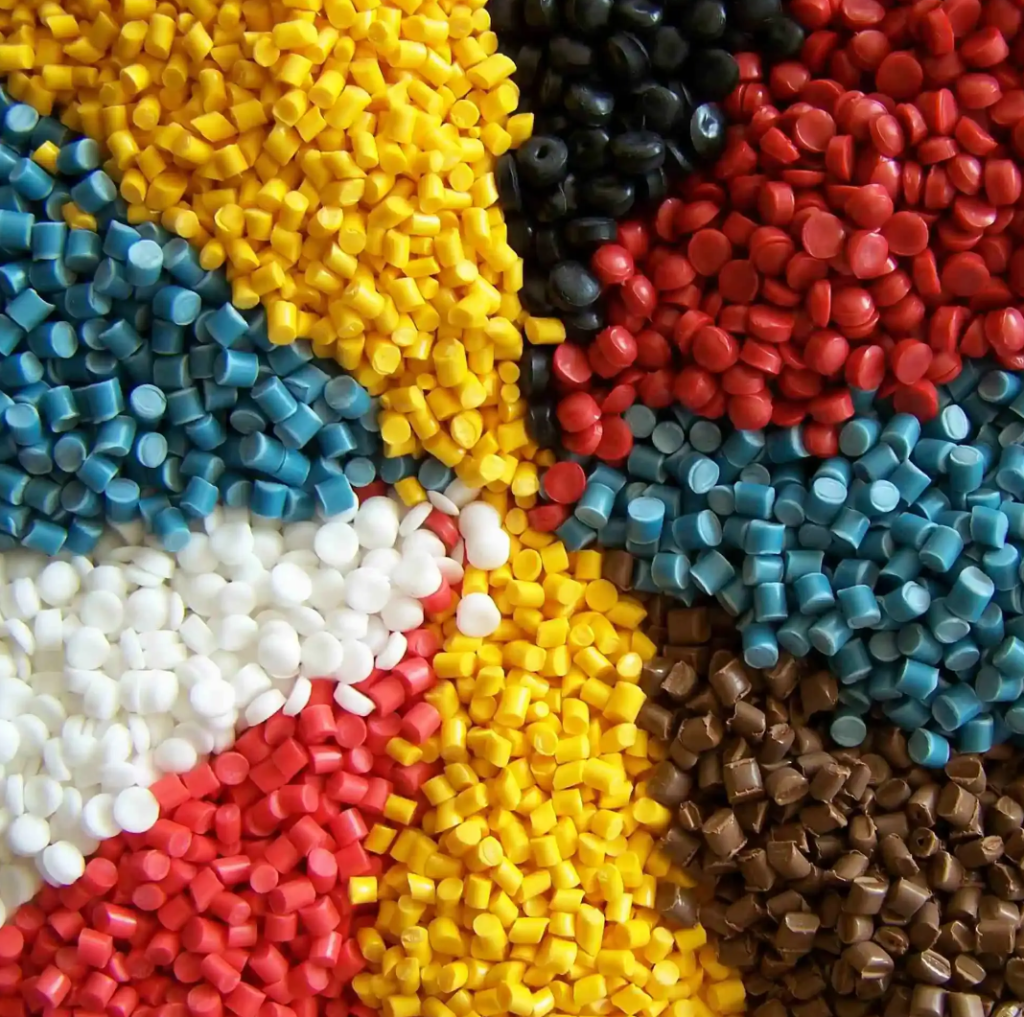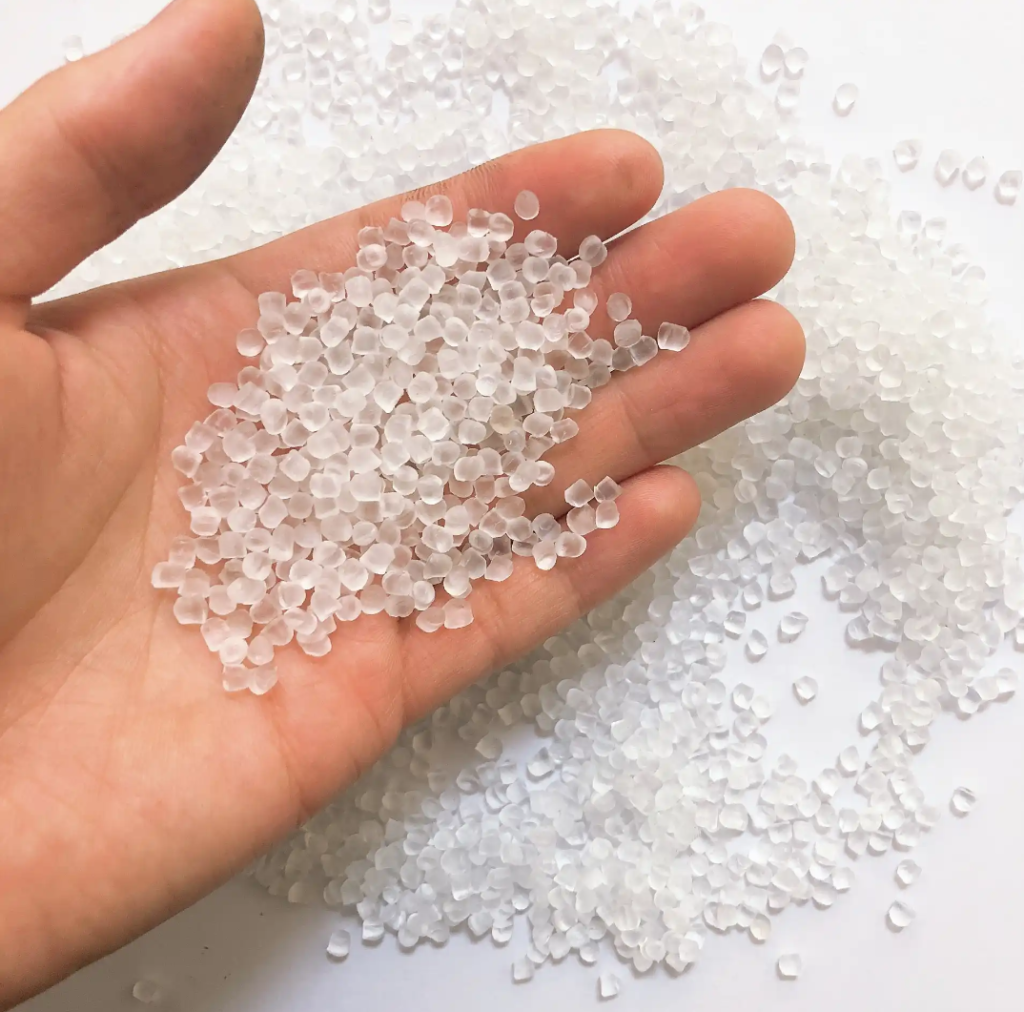The high wall of tariffs and the storm of quality are simultaneously impacting the global polyvinyl chloride market, and cross-border e-commerce is at the forefront of a new round of industry reshuffle.
Mexican chemical giant Orbia released a key signal in its latest earnings conference: European PVC production capacity has been reduced by 400,000-450,000 tons, equivalent to 8%-10% of the region’s total production capacity, and the recent rapid rise in China’s coal prices has pushed the spot price of coal-based PVC to break through the $700/ton mark.
More drastic changes come from global trade policies. Brazil’s anti-dumping duties on US PVC soared from 8.2% to 43.7%, and combined with a 20% basic import tariff, US products have basically lost their competitiveness in the Brazilian market1. Europe has also built a high wall, imposing 58%-77% anti-dumping duties on the United States at the beginning of the year, which directly changed the regional competition landscape.
01 Drastic changes in trade policies, reconstruction of the global PVC supply chain

The global PVC trade landscape is being reshaped by anti-dumping policies, and cross-border e-commerce faces the dual challenges of cost structure and supply routes.
In May this year, the Brazilian government raised the anti-dumping duty on US PVC to a staggering 43.7%. Combined with the 20% import tariff on general polymers, the total tax rate for US products entering the Brazilian market exceeded 60%. This policy directly gave Orbia and other companies that export from Colombia to Brazil a huge advantage.
The European market has also erected trade barriers. From January 2025, the European Commission will impose anti-dumping duties of 58%-77% on US PVC1, which will lead to the improvement of the position of domestic production capacity in Europe. Orbia’s CEO clearly pointed out that this policy has made its German factory “one of the most cost-effective production bases in Europe.”
Trade frictions in Asia continue to ferment. India has imposed a five-year anti-dumping duty on PVC paste resins from many countries, including mainland China and Taiwan, since June 2024, with mainland Chinese companies facing a maximum tax rate of US$707/ton. India’s customs codes cover a wide range, involving 10 tariff number products such as 39041010.
Changes are also brewing in the Mexican market. Orbia has formally applied for anti-dumping duties on PVC imported from the United States, and the government is evaluating it. At the same time, Mexico’s newly introduced anti-dumping measures on caustic soda will also indirectly affect the production cost of PVC.
02 Raw materials and regional demand diverge, and price fluctuations intensify
China’s coal policy and seasonal factors are creating regional price fluctuations, creating window opportunities for cross-border procurement.
China’s coal prices have risen rapidly due to the government’s rectification of unsafe coal mines, driving the spot price of coal-based PVC to break through US$700/ton1 in the near future. However, this week, China’s market quotations diverged, with China’s PVC prices falling by US$10 per week to US$680-710/ton CFR, while Southeast Asian prices stabilized at US$670-700.
Regional demand shows distinct seasonal characteristics:
Vietnam is affected by the rainy season, and construction activities are stagnant, resulting in weak PVC demand, but construction projects are expected to accelerate after October
India faces the dual pressure of “sufficient regional supply and low seasonal demand”, and buyers are generally cautious
Pakistan’s logistics are blocked due to the monsoon season, and major orders have been booked, so market transactions have slowed significantly
Major manufacturers adjust their strategies to cope with changes. Formosa Plastics and other companies have lowered their August cargo quotes by $15/ton, with the latest quote in the Indian market at $730-740. This price adjustment provides cross-border e-commerce with room for procurement negotiations.
03 Product quality storm, cross-border e-commerce faces compliance crisis
PVC consumer product safety lines are tightening, and cross-border e-commerce has become a key target of supervision.

In March this year, third-party testing revealed astonishing data: 50% of the top 50 PVC children’s shoes sold on e-commerce platforms exceeded the standard for phthalates, with the highest exceeding the standard by 509 times. Among the five batches of samples randomly purchased by reporters, two batches exceeded the standard by more than 380 times.
The core of the problem lies in cost-driven raw material substitution. The use of environmentally friendly plasticizers will increase the cost of children’s shoes by 0.3 yuan per pair, resulting in low-priced products below 16 yuan generally exceeding the standard, while the average price of qualified products is 37 yuan. The Guangdong Provincial Market Supervision Bureau issued a warning: PVC children’s shoes priced below 7 yuan are at high risk.
Regulatory measures have been comprehensively upgraded:
The new version of the “Technical Specifications for Safety of Children’s Shoes” (GB 30585-2024) was implemented on June 1, and the limit of phthalates was clearly defined as “less than 0.1%”
Six departments jointly launched a three-year protection campaign for children’s product safety, focusing on the problem of excessive plasticizers7
E-commerce platforms are required to establish an abnormally low price identification mechanism and strengthen commodity access management
Cross-border e-commerce also faces the problem of clearing products with historical problems. The children’s shoes that exceeded the standard by 380 times that investigated in Guangdong were actually discontinued products in 2020, indicating that there are blind spots in the supervision of inventory products.
04 Strategic Recommendations: Cross-border e-commerce’s Way Out of the Deadlock
In the global PVC market transformation, cross-border e-commerce needs to adopt a three-dimensional strategy to deal with it:
Tariff navigation strategy: give priority to trade routes from Colombia to Brazil and from Mexico to the United States, and use the tariff advantage routes disclosed by Orbia1; monitor the progress of Mexico’s anti-dumping application for US PVC and predict changes in the North American supply chain
Time and space procurement strategy: focus on purchasing sources from Vietnam, Pakistan and other rainy season markets from July to September, and use the seasonal demand trough to negotiate prices2; pay attention to fluctuations in China’s coal policy and predict the price node of US$700/ton1
Quality firewall strategy: implement the 7 yuan price red line screening mechanism and implement mandatory warehouse inspection for PVC children’s shoes7; require suppliers to provide test reports that fully correspond to product batches to eliminate the risk of “one report for multiple uses”
“The new national standard has revised the limit value of phthalates to less than 0.1% and expanded the detection range of organic compounds. This is the legal bottom line for quality control”。
